In the 1940s, men's ties and bow ties were all about making a statement! Classic bow ties were super popular, often in maroon, blue, or brown, with those elegant square or diamond ends. But hey, vibrant neckties made their splash too, showing off wild patterns and colors to reflect personality. Ties were typically made from rayon and silk, giving that smooth, classy vibe. As the decade rolled on, the bow ties started to fade in favor of bolder neckties. Want to know more about how ties shaped fashion back then? Stick around; there's more to uncover!
Overview of 1940s Neckwear
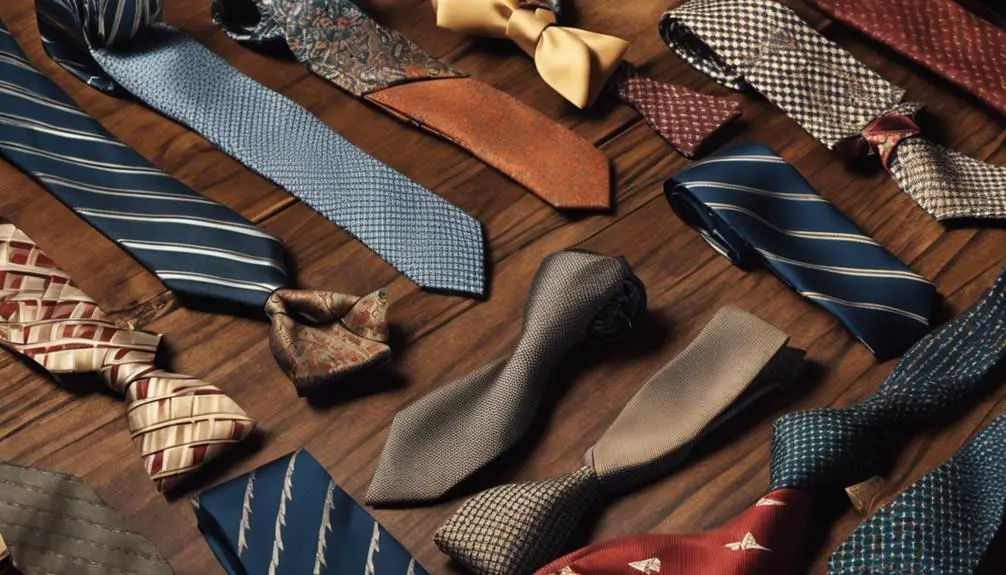
In the 1940s, neckwear became a defining element of men's fashion, with bow ties emerging as a stylish alternative to traditional ties. You might picture those sharp-dressed gents at formal events, right? Bow ties were the go-to choice, often featuring adjustable neckbands that fit sizes up to 16. Imagine that! You could adjust your bow tie to fit just right, looking classy without a fuss.
Common materials for these 1940s neckpieces included rayon, showcasing medium-sized prints in colors like maroon, blue, and brown. These vibrant hues gave a pop of personality to any outfit. Bow ties typically had square (also known as butterfly) or diamond-tipped ends, giving them a classic look that really complemented formal wear. They were all about sophistication and class, making them perfect for everything from work uniforms to weddings.
But don't get too attached! By the late 1940s, bow ties started to fade in popularity. The spotlight shifted to those vibrant, artistic men's ties that seemed to take over the fashion scene. Still, bow ties left a mark as a timeless accessory. So, next time you see one, remember its journey through the 1940s. It was more than just a piece of fabric; it was a statement of style and elegance. And who knows? Maybe you'll rock one yourself and channel that vintage vibe!
Popular Tie Styles
When you think of the 1940s, classic bow ties and vibrant neckties come to mind, right? Those bold patterns and eye-catching colors made a statement, while the smooth textures added a touch of elegance. So, let's explore the popular styles of the time, from the charming butterfly bows to the artsy designs that really stood out!
Classic Bow Tie Designs
Classic bow ties from the 1940s showcase a blend of elegance and simplicity, making them a staple in men's fashion. You'll notice these vintage gems often sport square (butterfly) or diamond-tipped ends, giving them a unique look. The predominant colors—maroon, blue, and brown—really capture the essence of the era. Who wouldn't want to add a touch of classic style to their wardrobe?
Simplicity was key, with medium-sized prints that didn't overwhelm but complemented your outfit perfectly. And comfort? You bet! Adjustable neckbands were common, fitting sizes up to 16, so you could dance the night away without a hitch.
You had options, too! Popular styles included both self-tie and pre-tied bow ties. Whether you wanted to show off your tying skills or prefer the ease of a pre-tied option, there was something for everyone. Made primarily from rayon, these bow ties reflected the artistic trends of the late 1940s.
Vibrant Necktie Patterns
The ties of this era were typically shorter and wider, perfect for those high-waisted trousers making a comeback. They ranged from 3.5 to 4.5 inches, making them a noticeable part of any ensemble. Hand-painted ties became super popular, showcasing unique designs that made you stand out whether you were at a formal event or just hanging out with friends.
Novelty prints, featuring marine life or other fun themes, let you express your individuality. After all, who wouldn't want a vintage tie that tells a story? Brightly colored ties weren't just fashionable; they became a bold symbol of post-war style. So, why not embrace those vibrant patterns and add a touch of flair to your wardrobe? It's time to let your necktie do the talking!
Materials and Textures
Men's ties in the 1940s showcased a rich variety of materials and textures that reflected the era's evolving fashion landscape. You'll find that silk ties were the kings of the tie world, offering a luxurious look and feel. They draped beautifully and added a touch of elegance to any outfit. Rayon was another popular choice, known for its durability and vibrant colors.
When it came to bow ties, you'd notice they were often made from these same materials but with a twist! Bow ties featured medium-sized prints that were trendy at the time, giving them a playful vibe. The most common color palettes included maroon, blue, and brown, ensuring you could match your bow tie to almost any outfit.
Let's not forget the adjustable neckbands on self-tie bow ties, which made them super comfortable. They accommodated neck sizes up to 16 inches, so you didn't have to worry about a tight fit! Design-wise, whether you preferred square (butterfly) or diamond-tipped ends, there was a style for everyone. These materials and textures made ties and bow ties essential for any dapper gentleman in the '40s!
Bow Tie Variations
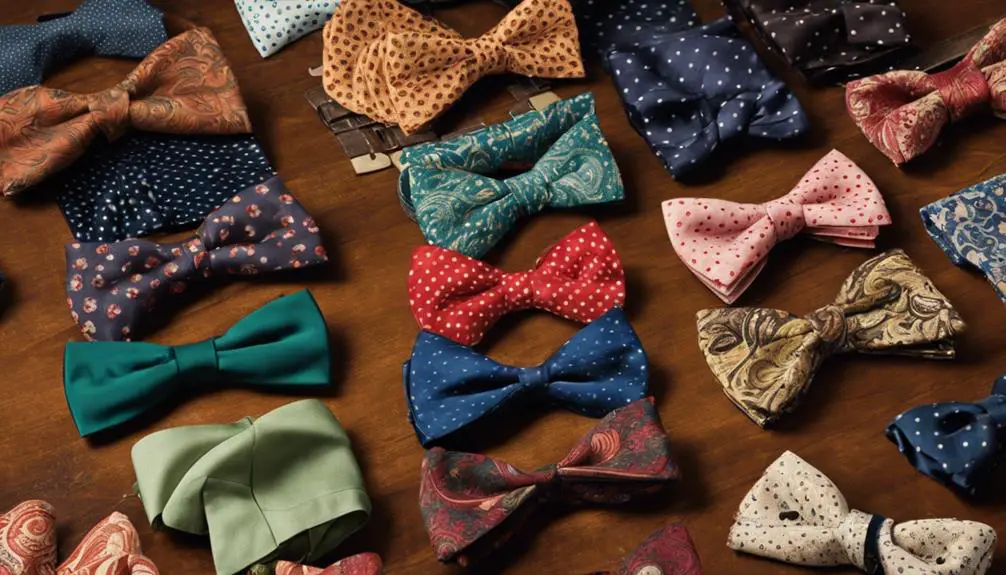
When you think about bow ties in the 1940s, you might picture those classic styles with square or diamond-tipped ends, right? But what if I told you there were some unique material options that made them even cooler? Let's explore how these variations not only added personality to your look but also kept you stylishly comfortable!
Classic Styles Overview
Bow ties in the 1940s showcased a refined elegance with their classic variations, primarily seen in square (butterfly) and diamond-tipped designs. These vintage mens accessories were a hit for anyone wanting to add a touch of sophistication to their outfit. Can you picture yourself in a maroon bow tie, standing out at a formal event? The color options included blue and brown, perfect for mixing and matching with a suit.
What's really cool is that these bow ties featured adjustable neckbands, accommodating sizes up to 16. This meant you could get a comfy fit without any fuss. Imagine the ease of slipping on a bow tie that feels just right!
However, as the decade wore on, the charm of bow ties began to fade. By the late 1940s, vibrant neckties took center stage, leaving bow ties in the shadows. But hey, vintage bow ties from this period still pack a punch! They're simple yet elegant, making them suitable for both formal occasions and everyday wear. So, why not consider adding a classic bow tie to your collection? You'll look dapper, and who doesn't love that?
Unique Material Options
The allure of bow ties in the 1940s was greatly enhanced by the unique materials used in their creation. Imagine strutting into a room wearing a stunning silk bow tie, shining under the lights. You'd definitely catch some eyes! Bow ties made from silky rayon were also popular, adding a touch of comfort and sophistication.
But wait, there's more! Some bow ties featured hand-painted designs that were bold and artistic, setting them apart from boring neckties. Who wouldn't want to wear a piece of art around their neck? Plus, the rise of adjustable neckbands meant these accessories could fit a range of sizes, making them versatile for everyone.
And let's not forget the specialty options! Leather and feather bow ties emerged, reflecting a daring trend in formal menswear. Vintage bow ties flaunted a mix of textures, polka dots, and floral prints that screamed style. So, if you're thinking about spicing up your wardrobe, why not channel some 1940s flair? After all, a unique bow tie can turn an ordinary outfit into something extraordinary! What's stopping you from trying one?
Materials and Textures
In the 1940s, a variety of materials and textures defined men's ties and bowties, making them both accessible and stylish. You'd find ties made from rayon and silk, striking a perfect balance between affordability and a touch of luxury. These materials not only looked great but felt fantastic too! It was all about that classic aesthetic, with bow ties often featuring medium-sized prints and simple designs. You could easily dress them up or down for any occasion.
When it came to textures, the options were wide-ranging. Smooth satin was a popular choice for a sleek look, while cotton and wool blends offered a more textured feel. This variety made it easy for you to pick a tie that matched your personal style or the vibe of the event you were attending. And let's not forget about comfort—adjustable neckbands on pre-tied bow ties accommodated sizes up to 16 inches, making it easier for anyone to find that perfect fit!
If you wanted to stand out, unique hand-painted designs became a trend during this decade. They added a splash of artistic flair and showed off your individuality—who wouldn't want that? So, whether you were rocking a classic tie or a pre-tied bow tie, the 1940s brought a delightful mix of materials and textures that catered to every fashionable man. Isn't it exciting to think about how you could express yourself through these stylish accessories?
Cultural Significance
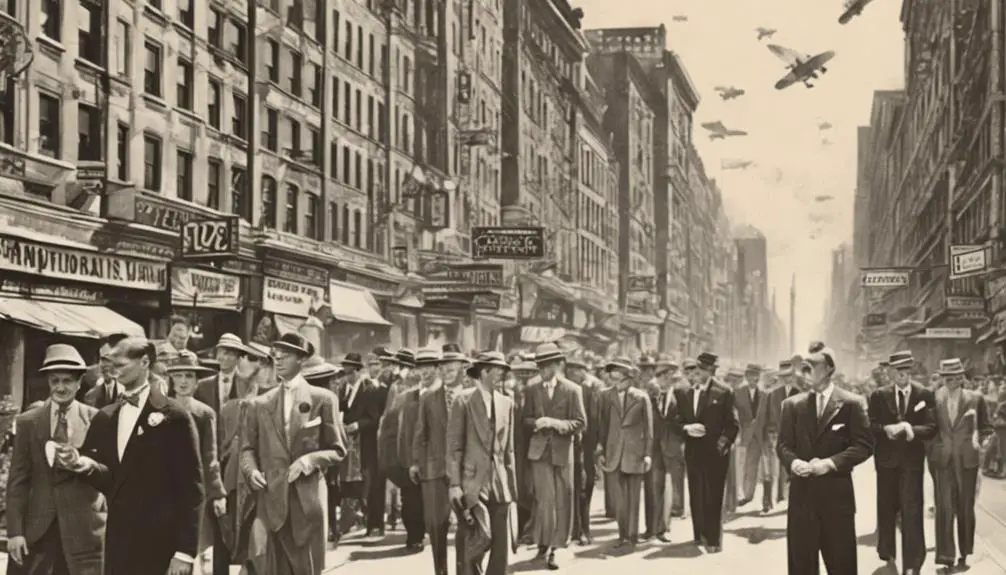
Ties and bow ties in the 1940s weren't just about style; they carried deep cultural significance. When you think of bow ties, picture sophistication and class. These little pieces of fabric weren't just accessories; they were a staple in men's fashion, especially for formal events. Imagine being at a wedding or a special occasion, and the men around you are all sporting dapper bow ties, adding a touch of elegance to the atmosphere.
Bow ties also stood for professionalism and loyalty. Many uniforms and formal attire featured these stylish knots, showing that you meant business. Did you know that some of the most notable figures of the time wore bow ties? Their presence in pop culture only enhanced the appeal and status of these mens neck accessories.
However, as the late 1940s rolled in, things started to change. Vibrant and artistic neckties began emerging, reflecting a shift in fashion trends. But don't count bow ties out just yet! They remained a symbol of tradition and a nod to classic elegance throughout the decade.
Pricing Trends and Offers
For collectors and enthusiasts, understanding the pricing trends of vintage 1940s neckties reveals a fascinating market. You'll find that the prices for these stylish MENS neck ties can vary quite a bit. The average price hovers around $24.00, but don't be surprised to see ties priced anywhere from $5.95 to a whopping $99.99!
Here are some key takeaways on pricing trends:
- High-End Finds: If you're after something truly special, expect to pay around $74.99 to $85.00 for those high-end vintage gems.
- Bargain Deals: You can snag some vintage neck ties for as low as $6.95 during discounts. Who doesn't love a good deal?
- Auction Excitement: Auctions can be thrilling, with starting bids as low as $0.99—making it a fun way to hunt for your next treasure!
The most common price points you'll see include $8.88, $14.99, and $19.99. So, whether you're a casual buyer or a serious collector, there's something for everyone. Just imagine the thrill of scoring a vintage tie that's not only stylish but also a piece of history! Why not plunge into this charming world of vintage neck ties and see what you can find? You might just discover the perfect addition to your wardrobe!
Frequently Asked Questions
Did Men Wear Bow Ties in the 1940S?
Yes, you'd see men wearing bow ties, often crafted from rayon. The bowtie styles featured simple designs and medium prints. Many preferred these for formal occasions, appreciating both their sophistication and comfortable adjustable neckbands.
When Did Men Start Wearing Bowties?
You'll find men started wearing bow ties in the mid-19th century. As fashion evolved, they became popular for formal occasions, symbolizing sophistication and class, especially during the early 20th century.
How Wide Were Ties in the 40S?
In the 40s, ties typically ranged from 2.5 to 3.5 inches wide. You'd find vibrant tie patterns and rich tie fabric that reflected bold styles, enhancing any outfit with their striking presence.
Why Were Ties Short in the 40S?
Ties were short in the 1940s to match the era's tie fashion and trends. This approach created a balanced look with high-waisted trousers, emphasizing sophistication while complementing broader shoulder pads in suits.
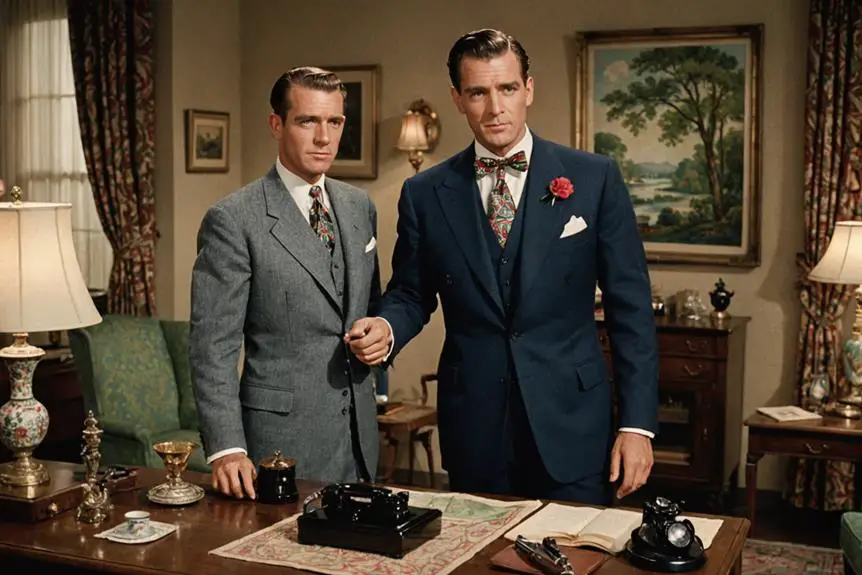



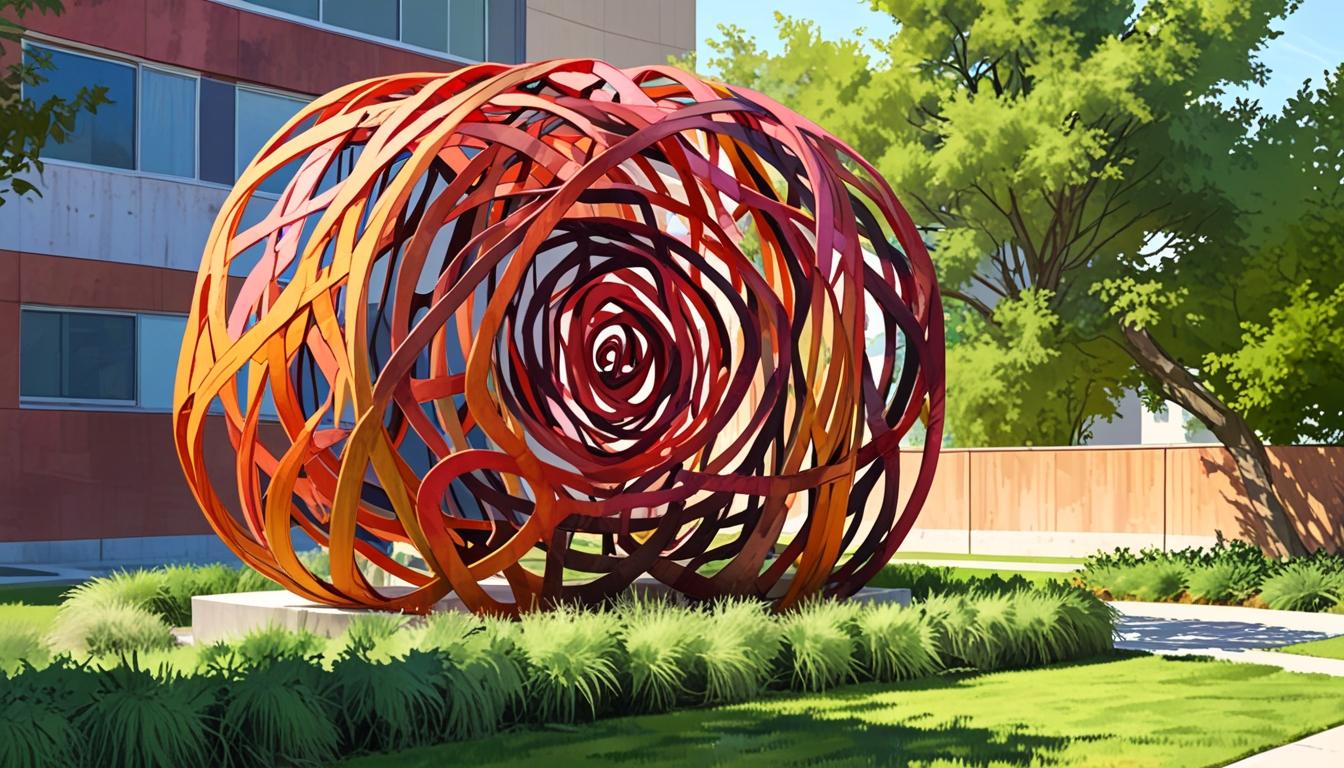
????????????????????????????
????????????????????
????????????????????????
????????
?????????????????????
?????????????????????
????????????????
I am sure this post has touched all the internet
viewers, its really really good paragraph on building up new website.